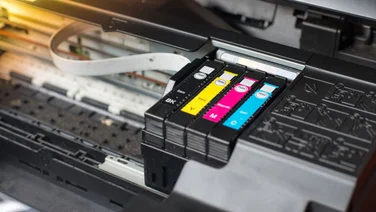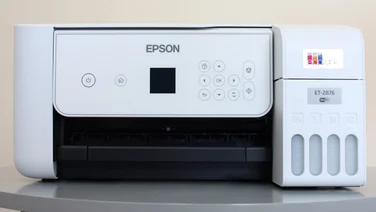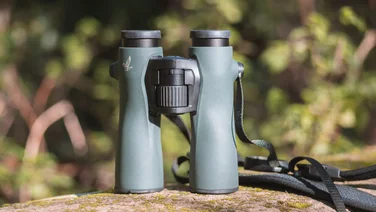To help us provide you with free impartial advice, we may earn a commission if you buy through links on our site. Learn more




















Pentax’s consumer SLRs used to trail behind models by Canon, Nikon and Sony, but that changed with the launch of the K-x in 2009. With blazing fast performance and very low noise, there were only a few minor niggles that kept us from giving it an unreserved recommendation.
The K-r reviewed here will sell alongside the K-x, which is still available for £400. There’s a £70 cashback offer on the K-r until 15 January 2011, which brings it in at £458. The list of improvements over the K-x make it well worth the extra £58: the screen is now 3in and 921,000 pixels, the battery compartment accepts either the supplied Li-ion or four AA batteries, while the optical viewfinder now shows the selected autofocus point. That’s pretty much all of our niggles crossed off.

There isn’t a huge number of physical buttons and dials, but those coming from a compact digital camera should feel at home. We particularly like how the range of the Auto ISO speed can be adjusted from 100-200 right up to 100-25600. It’s a common feature but here it’s within easy reach rather than being buried in the menu.
This is a highly customisable camera, with white balance fine tuning and the ability to set noise reduction levels for each ISO speed. There’s highly effective shadow and highlight recovery plus lots of creative tricks, such as automatic high dynamic range (HDR) capture, cross processing and toy camera simulation.

There are some smart operational touches too. It’s possible to record JPEGs but save the last shot retrospectively in RAW format – ideal for unexpected photographic gems. We also like the way the live view preview does a dramatic animated zoom as the shutter button is half pressed. This inspires confidence in live view’s contrast-detect autofocus, which happens to be much quicker than on Nikon and Canon SLRs.
The K-x was a fast performer but the K-r is even better. Continuous mode set off at 5.8fps in our tests, slowing to 3.8fps after 34 frames for JPEGs and to 2fps after 13 frames for RAW images (tested with a Sandisk Extreme III SDHC card). It was extremely nippy in general use, with responsive autofocus and just 0.3 seconds between JPEGs and 0.6 seconds between RAW shots. Full-power flash shots were just 2.3 seconds apart. Activating certain digital processing options slowed the camera right down, though. That’s forgivable for the creative effects, but lens distortion and chromatic aberration correction processing was so slow as to be unusable.
Fortunately, these symptoms were rarely noticeable without this processing. High-contrast lines revealed chromatic aberrations (see the red and green fringes on the church door in our sample gallery) but these instances were rare. More worryingly, focus was less than pin-sharp in quite a few of our tests. We can forgive this in portraits where the subject is moving but it was disappointing to see it in landscape shots too. The problem tended to be mild, though, and stopping down the aperture usually eliminated it – compare the totem pole and lakeside trees in the sample gallery.

Noise – or lack of it – is where the K-r really shines. Shots at ISO 1600 showed only the smallest hints of noise and ISO 3200 was perfectly usable too; the muted, dark colours of our foggy dusk landscapes suffered a little but were still good enough to print. With brighter-coloured subjects, the camera produced high-quality results at ISO 6400, and even the maximum ISO 25600 was good enough for the web – just about.
As with the K-x, colours were a little too vivid for our tastes on the default Bright picture style preset but settled down after we switched to Natural. Auto-exposures were generally well balanced; it tended to under-exposure shots with bright skies, but it’s easier to remedy this on a PC than to recover clipped highlights. Strangely, live view’s automatic exposures where a third of a stop brighter than when using the optical viewfinder, but this didn’t pose much of a practical problem.
The 720p AVC video mode captured crisp details and a full-bodied mono soundtrack. Videos were a little noisy under household artificial light but outdoor clips were smooth. Focus was fixed for the duration of clips, though. Because automatic exposure adjustment was performed by changing the aperture, it was able to dim the exposure but not always brighten it once recording had started. The lack of an HDMI output is disappointing, too.

Things are hotting up around the £500 mark, with the recent launches of the Nikon D3100 and Sony A33, both of which record 1080p video – we’ll be reviewing them as soon as possible. For now, though, the K-r is the best SLR we’ve seen at this price.





